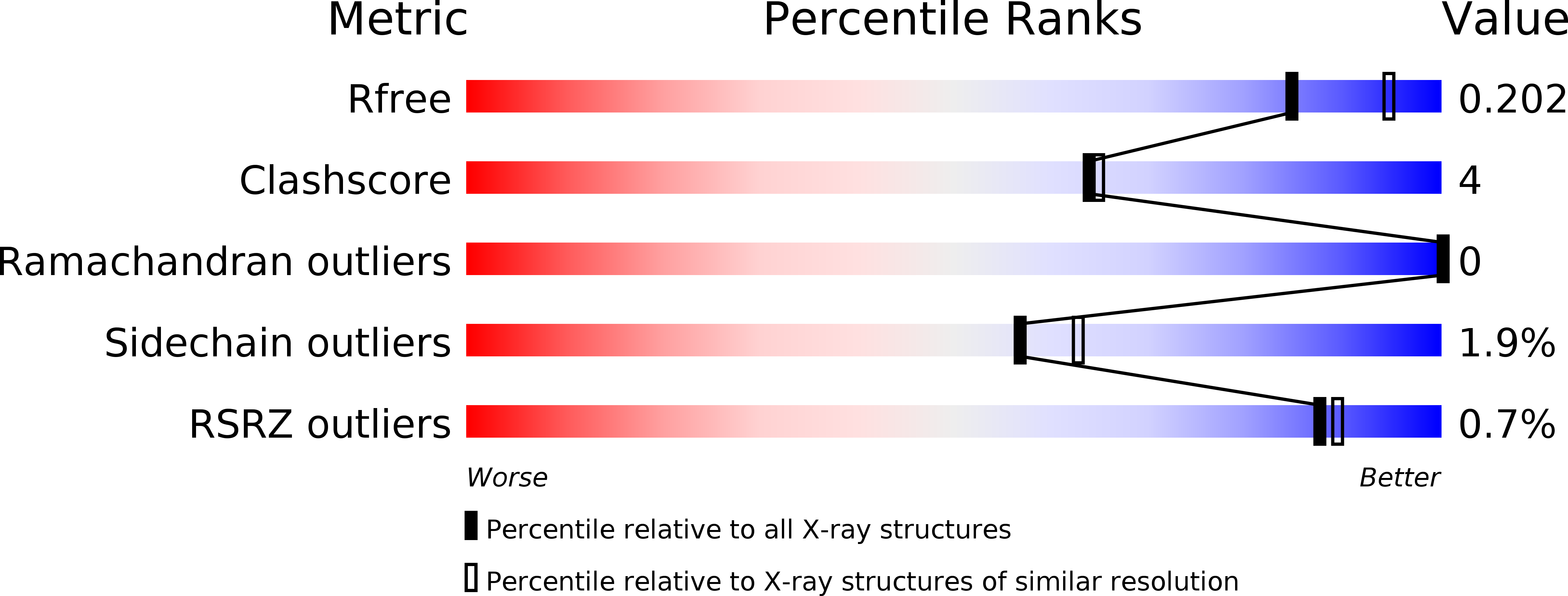
Deposition Date
2010-06-28
Release Date
2011-05-11
Last Version Date
2023-09-06
Entry Detail
PDB ID:
3NPM
Keywords:
Title:
Crystal Structure of the C47A/A241C disulfide-linked C6 Aspartate Transcarbamoylase enzyme
Biological Source:
Source Organism:
Escherichia coli (Taxon ID: 83333)
Host Organism:
Method Details:
Experimental Method:
Resolution:
2.10 Å
R-Value Free:
0.20
R-Value Work:
0.17
R-Value Observed:
0.17
Space Group:
P 43 3 2


